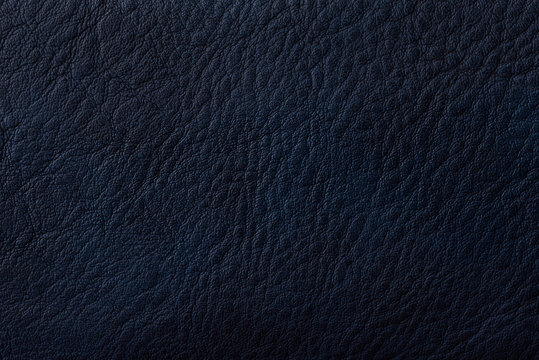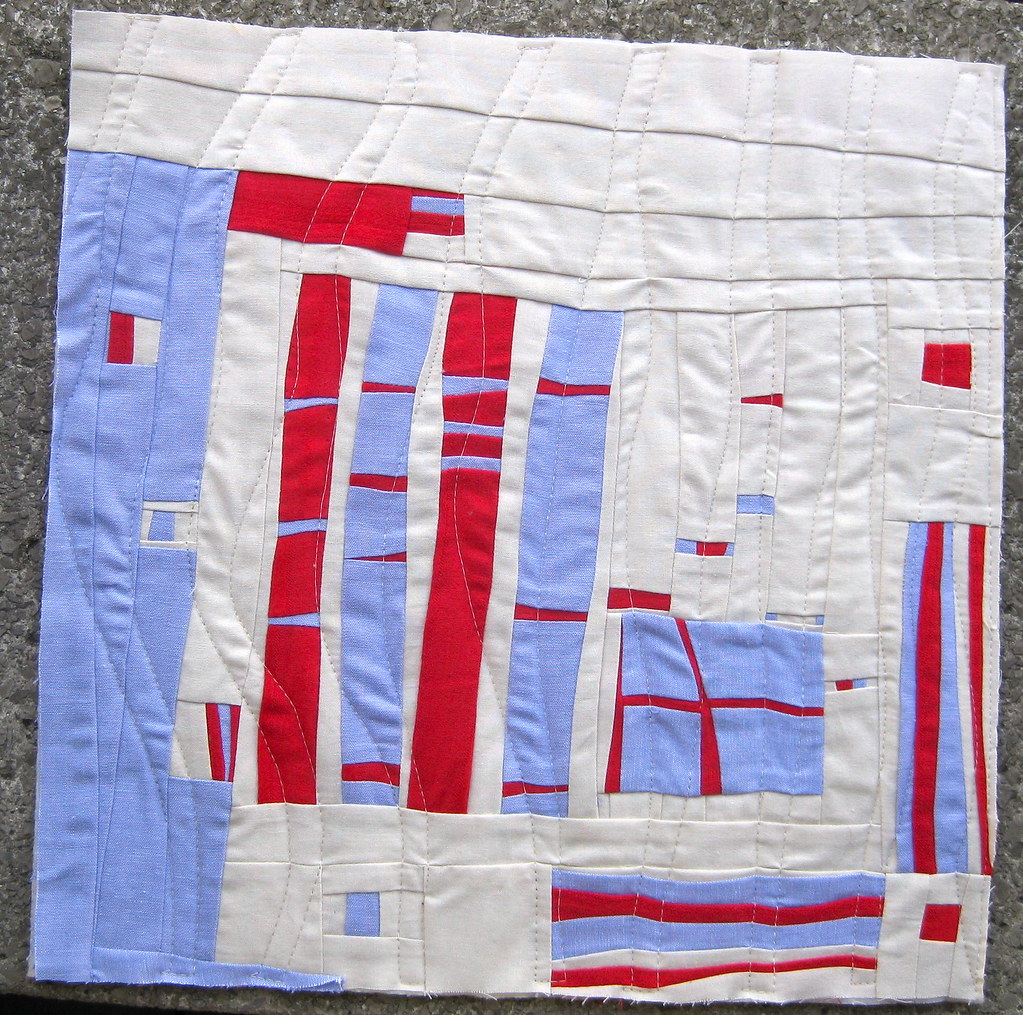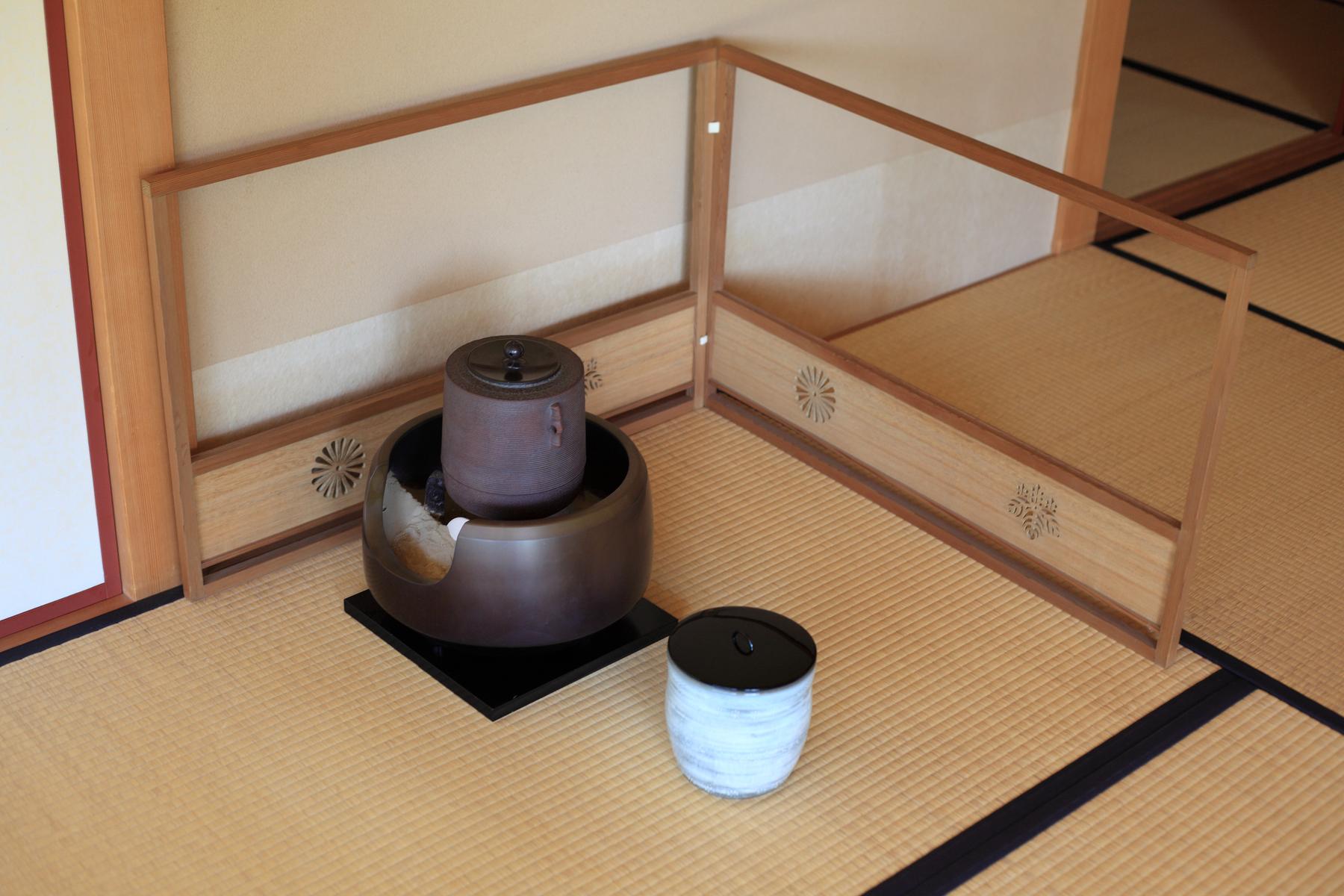A well-designed space can transform the look and feel of any room. From furniture to wall decor, every element plays a crucial role in making your house feel like a home. But have you ever considered the impact of textile colors on your interior design? The right color scheme can create a cohesive and inviting atmosphere, while the wrong one can throw off the entire vibe. In this ultimate guide, we’ll delve into the world of textile colors for interior design and explore how to choose the perfect palette for your space. Get ready to be inspired and discover new ways to elevate your home decor!

Understanding the Psychology of Textile Colors in Interior Design
Textile colors play a crucial role in interior design as they can evoke emotions and set the tone for a room. Understanding the psychology behind textile colors is essential in creating a cohesive and harmonious space. Warm colors like red, orange, and yellow can create a cozy and inviting atmosphere, while cool colors like blue, green, and purple can promote relaxation and calmness. Neutral colors like beige, gray, and white are versatile and timeless. However, it’s important to consider the intensity of the textile colors as well. Bold and bright hues can energize a room, while muted tones can create a more subdued ambiance. Additionally, cultural associations with textile colors should also be taken into account when designing a space. By understanding the psychology of textile colors, you can use them to your advantage to create an interior design that not only looks beautiful but also feels comfortable and inviting.

Exploring the Different Types of Textile Colors for Your Home Decor
Textile colors play a vital role in defining the aesthetics of an interior space. Whether you opt for vibrant hues or more muted tones, it is essential to select colors that complement each other and set the right mood. When it comes to choosing textile colors, there are several options available.
Primary Colors: These are classic bold and bright hues that offer a timeless look. Primary shades like red, blue, and yellow work well as accents on throw pillows or curtains.
Pastel Colors: Pastels have been around for decades and remain popular choices in modern interiors. They offer softness while still adding depth to your design scheme.
Neutral Colors: Neutral colors like beige, white or gray provide a calming effect in any room setting. You can use these shades as base colors throughout your home decor theme while accenting with brighter tones on textiles such as rugs or decorative cushions.
Remember our experts at Fancy Fabrics recommend using up to three primary adjectives when designing spaces: Stunning, Classic & Sophisticated!

How to Choose the Right Textile Colors for Your Interior Design Project
When choosing the right textile colors for your interior design project, it’s important to consider the overall mood and atmosphere you want to create in the space. Warm colors like red, orange, and yellow can create a cozy and inviting feel, while cool colors like blue and green can promote relaxation and calmness.
It’s also important to consider the existing color scheme of the room and choose complementary colors that will enhance the overall look. Using a color wheel can be helpful in determining which colors will work well together.
Another factor to consider is the texture of the textiles you choose. Different textures can add depth and interest to a space, so consider mixing fabrics like velvet, linen, and wool.
Lastly, don’t be afraid to add pops of bold color for a statement piece or accent. This can add visual interest and personality to your space. Overall, choosing the right textile colors requires careful consideration of various factors to achieve a cohesive and visually pleasing design.
Mixing and Matching Textile Colors: Tips and Tricks for a Cohesive Look
When it comes to mixing and matching textile colors in interior design, there are certain tips and tricks that can help you achieve a cohesive look. One way to do this is by sticking to a color scheme or palette – for example, using different shades of blue throughout your home decor. Another option is to use complementary colors, which are those that sit opposite each other on the color wheel (e.g. blue and orange).
It’s also important not to overdo it with too many patterns or prints. Instead, choose one statement piece (such as a bold patterned rug) and keep the rest of the textiles more neutral in color and pattern.
Don’t forget about texture when considering textile colors – mixing fabrics like velvet, linen, and wool can add depth and interest to your overall design.
Overall, remember that there are no hard rules when it comes to mixing textile colors in interior design – trust your instincts and have fun with it!
The Impact of Lighting on Textile Colors in Interior Design
Lighting can have a major impact on how textile colors appear in your interior design. Natural daylight tends to bring out the truest colors, while artificial lighting can alter them. When choosing textile colors, consider the lighting sources in your space and how they will affect the overall look. For example, incandescent bulbs emit warm tones that may make blues appear more purple, while fluorescent lights tend to cast a cooler tone that can mute brighter colors.
It’s also important to think about when and how you’ll use the room. In living rooms or bedrooms where relaxation is key, softer lighting may be preferable, which could alter how textures and hues are perceived. On the other hand, brightly lit spaces like kitchens or offices may require stronger, more intense textile colors for maximum impact.
To get an accurate sense of how different textile colors will look under various light conditions before committing to a purchase or design plan, it’s helpful to take samples home with you and test them out during different times of day and types of light sources. This way you’re sure that you’re selecting just-the-right textile color scheme for your space!
Maintenance and Care Tips for Keeping Your Textile Colors Looking Vibrant
Maintenance and care are crucial aspects of keeping your textile colors looking vibrant in your interior design. With proper attention to detail, you can extend the lifespan of your textile decor pieces while maintaining their luster and beauty.
When it comes to washing, always follow the manufacturer’s instructions carefully. Some fabrics may require dry cleaning or hand washing rather than machine-washing. Avoid using bleach or fabric softeners, as they can cause fading and damage over time.
Regular vacuuming or brushing helps remove dust and debris that may accumulate on upholstered textiles such as curtains, couches or pillows.
Sun exposure can also cause fading – try to minimize direct sunlight through window treatments during peak hours. Depending on the type of textile material used for accents like rugs and carpets consider a deep clean from professional cleaning services once every year.
By taking care of your textile colors, you ensure longevity while keeping them looking fresh and new throughout the years.
In conclusion, textile colors play a crucial role in interior design. They have the power to evoke emotions, set the mood, and create a cohesive look in any space. Understanding the psychology of colors and exploring the different types of textile colors available can help you choose the right colors for your home decor project. Mixing and matching colors can be intimidating, but with some tips and tricks, you can achieve a harmonious look. Lighting also plays a significant role in how textile colors appear in a space, so it’s essential to consider this when selecting colors. Finally, proper maintenance and care are crucial for keeping your textile colors looking vibrant for years to come. With this ultimate guide to textile colors for interior design, you’ll be able to create a beautiful and inviting space that reflects your unique style and personality.
Common Questions
Who can benefit from using textile colors?
Anyone who wants to add color to fabric or clothing can benefit from using textile colors.
What types of textile colors are available?
There are various types of textile colors available, including natural, synthetic, and pigment-based.
How do I choose the right textile color for my project?
Consider the fabric type, desired color intensity, and application method when choosing a textile color for your project.
Who can use natural textile colors?
Anyone can use natural textile colors, but they may be especially appealing to those looking for eco-friendly options.
What if I’m not satisfied with the color outcome?
Experimenting with different application methods or color combinations can often help achieve the desired outcome.
How do I ensure the color lasts on my textile project?
Follow the manufacturer’s instructions for application and care to ensure the color lasts on your textile project.
